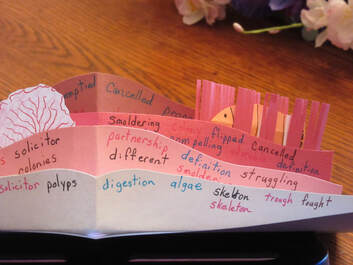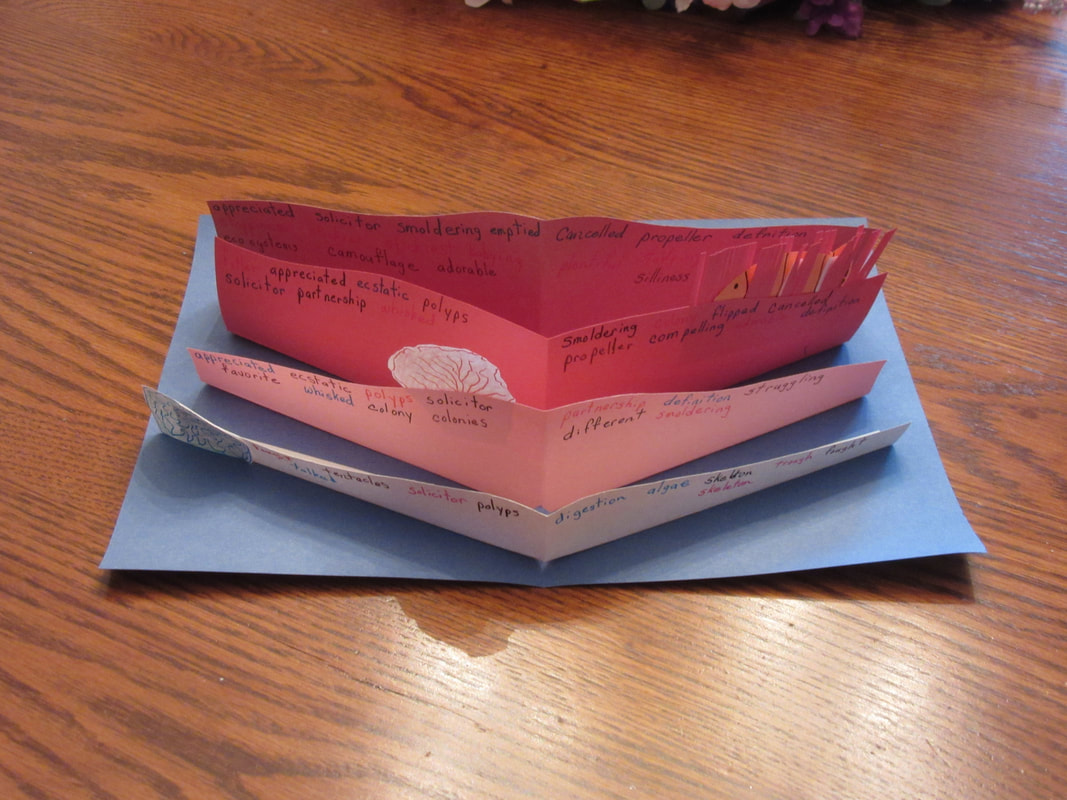This leaves us as parents, psychologists, and educators to ask ourselves, what can we do to help? With schools closed and many parents working from home, I want to “push the pause button” on our discussion of 20 reasons for reading failure and instead turn our focus to how we can provide educational opportunities for children at home.
Yes, closing the schools was the only intelligent option, and, yet, it does create a major problem for parents who are working from home. Like everything else, my reading clinic is closed, and I am frustrated to provide help for the children I work with.
Most of us are not in the position to spend lots of money right now. We are all concerned about the economy, as we should be. Yet, children still need an education. What can we do?
I’m starting a series today looking at educational opportunities and ways that we can teach children at home that do not cost money. How can we use what’s available?
Some schools have parents lining up out in the parking lot to pick up packets of worksheets. I’m not criticizing, but we must remember that a worksheet does not teach. Yes, it may have information or instructions at the top of the page, but if the student does not understand the concept presented on the worksheet, the student will not be able to complete that worksheet correctly. Practicing mistakes by completing a worksheet incorrectly is almost worse than just sitting and watching television or playing video games all day. So, what are parents and schools to do?
Worksheets can be used successfully if you have a parent, grandparent, or someone who can sit down, teach, and explain the worksheets to the child. Yes, this can even be done on the Internet. You do not need to necessarily be living in the same household. I have the privilege of getting to teach my grandson. We work for about four hours each day on Skype. We have worked our way through his worksheet packet from school, and we are now using the curriculum from my Reading Orienteering Club reading clinic. We are making a pop-up book about coral reefs and sea creatures that live near coral reefs.

- You may be saying “that’s not fair; you’re a teacher.” Yes, I’m an educational psychologist and have taught and counseled students for many years, and I write and publish reading curriculum. I’m also a grandmother and want to do everything possible to help my family, as all grandmothers do.
I have been teaching for more than 40 years, but I must admit, teaching on Skype is different. My grandson and I have even used the telephone when computer problems arose.
If you aren’t craft-oriented, making a simple pop-up book may be more than you expect, but helping with worksheets or helping children find educational videos is something anyone can do. I’ll offer two suggestions today, and then I plan to offer more ideas in the days to come because I think we are going to be quarantined for a while.
Tips to remember for people using Skype to help children with worksheets:
1. You need a copy of the worksheet. Yes, you can ask a child to hold the worksheet up to the camera so that you can see it, but if your child is like most children, the worksheet is waving up and down in the air. You may also train the camera on the worksheet and watch as the child works, but again, it is best if you can have facial contact with the child as well as being able to see the worksheet. How? Get the parents to send you a copy. If schools are using a paper packet and parents have a scanner, have them scan and send you a copy. If the school is sending work home electronically on the computer, have parents forward you a copy.
2. Do not try to do every single worksheet in one day. Check with the parents to see when the school expects the worksheets to be completed and returned. Divide the number of worksheets by the number of days so that children have a prescribed number of sheets that they are working on each day—six or whatever has been assigned. Children become overwhelmed when they look at a stack of 30 worksheets. It looks like an impossible task. They become discouraged before they even start. However, if you say, “We’re going to do six worksheets and then pick a project that you would like to work on,” you can accomplish the work that needs to be done and help the child complete the worksheets without creating enormous stress. Having a set number of worksheets to work on each day enables the child to know what to expect. During this time of uncertainty and turmoil, helping students to normalize some of their activities is critical. We don’t just need to keep people safe and healthy, but we want to preserve mental health as well.
3. When the worksheets for the day are finished, plan a fun learning experience. Learning really can be fun. Some of the large publishers are offering free material for the students while they’re at home. I’ll try to get a longer list for you later, but two of my favorites are:
Scholastic: https://classroommagazines.scholastic.com/support/learnathome.html
National Geographic: https://video.nationalgeographic.com/
Scholastic is divided into age groups, so it is a snap to use. They add new material every week. You can pick and choose both reading material at the appropriate age level and videos.
National Geographic also has a special site for kids. Some people like it, some do not. I really like using the regular National Geographic videos listed above. The photography is fantastic. For older children, you can even have them write reports. For example, my grandson and I are making a book about coral reefs; therefore, we search for videos about coral reefs. He’s taking notes from the video, gathering research, and writing down 10 facts that he wants to use in the article he’s going to write. Next, we will start the writing process.
So, you can help a child at home continue learning. You can also help a parent who is trying to work from home by helping to teach a child. Keep it fun. Keep it interesting. Keep it educational.

 RSS Feed
RSS Feed
